Peak name weirdness
Geological features as grand as mountains should have grand names, right? Yes, but that isn't always the case. In fact some mountains' names are controversial or just downright silly. Here's six of the best/worst.
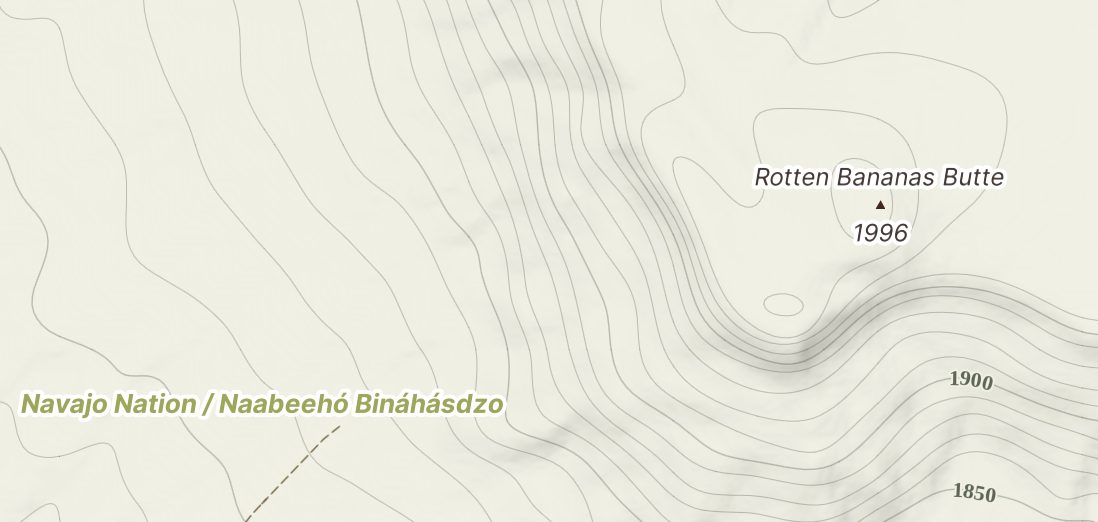
Rotten Bananas Butte
Location: Arizona, USA
Elevation: 1,996m
Ancient forests once grew in this desert land, sadly the internet has yielded no explanation for the name of this mountain which is located far from any banana plantations.
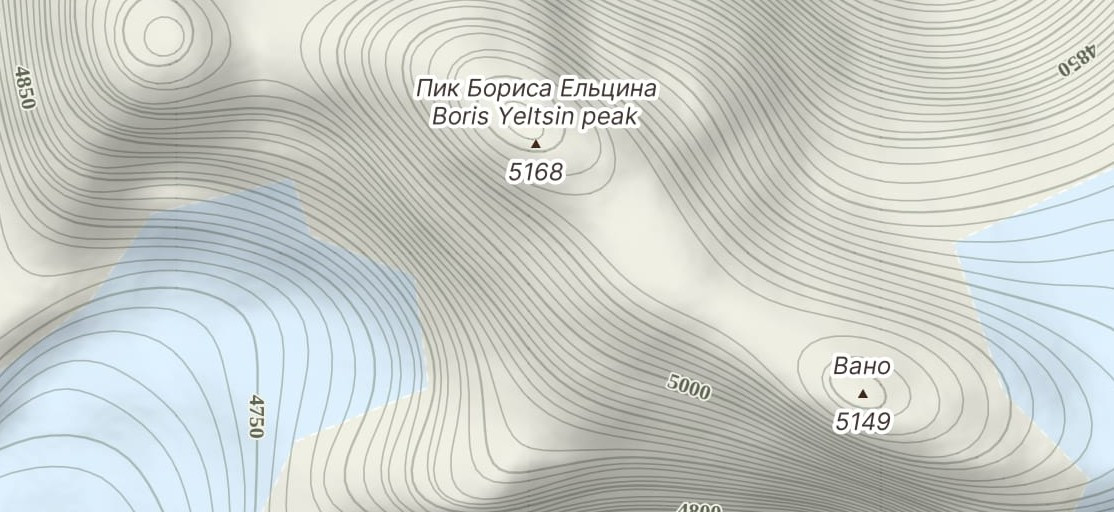
Boris Yeltsin Peak
Location: Kyrgyzstan
Elevation: 5,168m
Originally called Oguz-Bashi, this peak was renamed in 2002 after the first president of Russia. This isn't the only Russian presidential peak in Kyrgyzstan. Yes, there is also a Vladimir Putin peak, which was named in 2011 and is about 700 metres shorter than Putin's predecessor's peak.
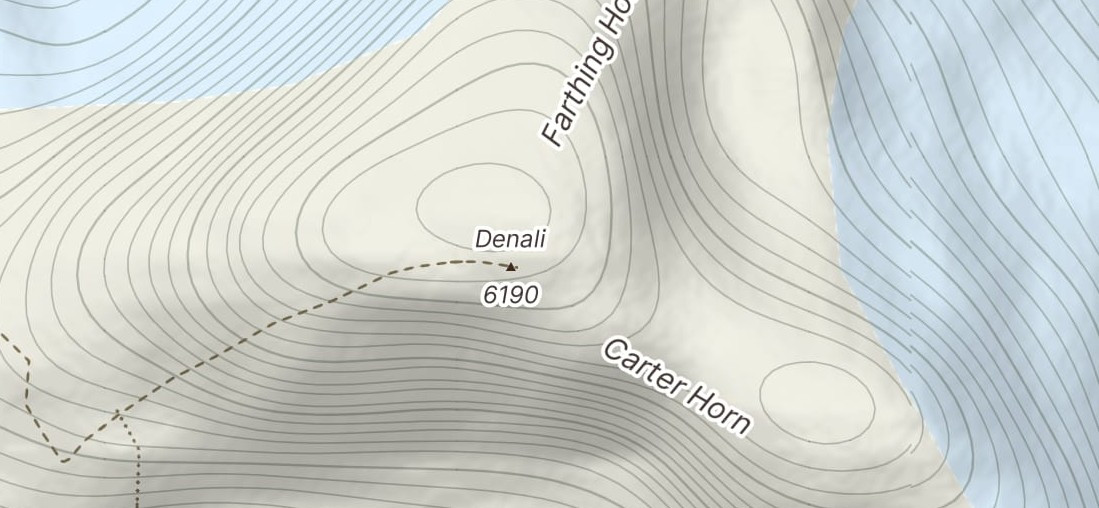
Mount "McKinley"
Location: Alaska, USA
Elevation: 6,190m
Named after a president who never stepped foot in Alaska, the highest mountain in North America was - and continues to be - known as Denali (based on the Koyukon name 'Deenaalee' or 'the high one'), but Trump decided to change the mountain's federal name back to 'McKinley'. We'll stick with Denali, thanks.
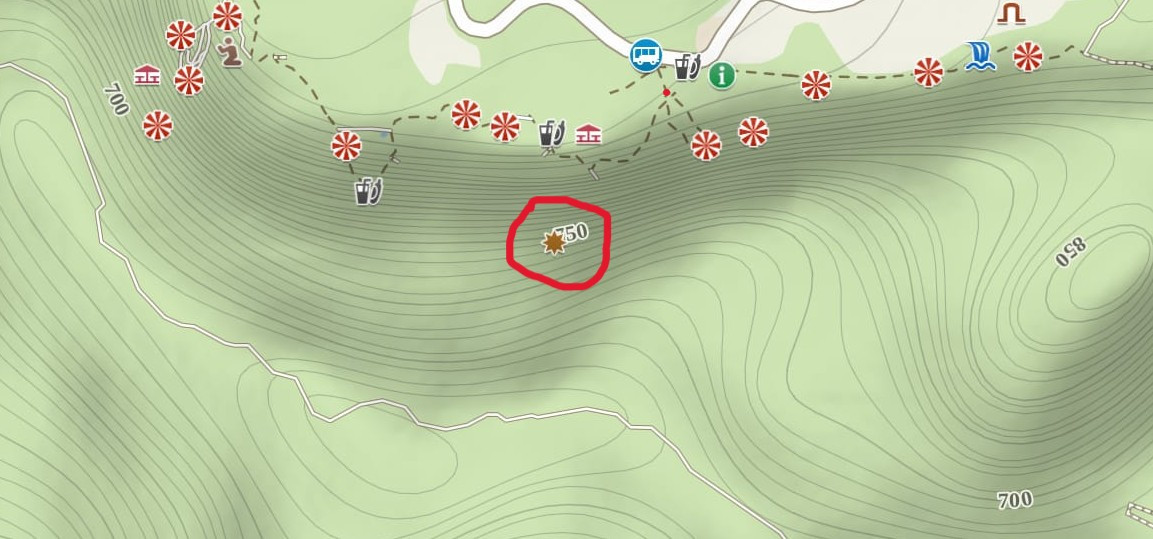
Avatar Hallelujah Mountain
Location: Hunan, China
Elevation: 1,080m
It's true, the Zhangjiajie Mountains do look very similar to those featured in the 2009 film Avatar. James Cameron and his team said that they were inspired by the mountains here (and in Guilin and Huangshan), and what was originally called 'Southern Sky Column' was renamed to 'Avatar Hallelujah Mountain' the year after, despite it still looking very much like a column and the disappointing lack of blue people.
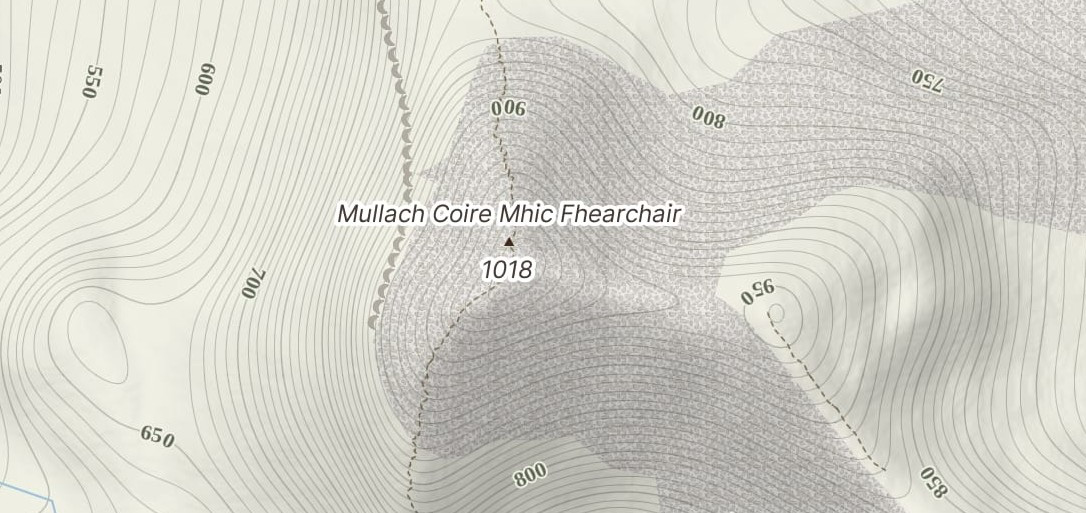
Mullach Coire Mhic Fhearchair
Location: Wester Ross, Scotland
Elevation: 1,018m
The snappy name of this remote munro translates to 'the top of the corrie of the son of Fearchar' (a corrie is a large hollow carved into mountains by Ice Age glaciers), a name which reflects the ancient clan history of this land. 'Fhearchair' could either be a local craftsman or a 13th century nobleman.
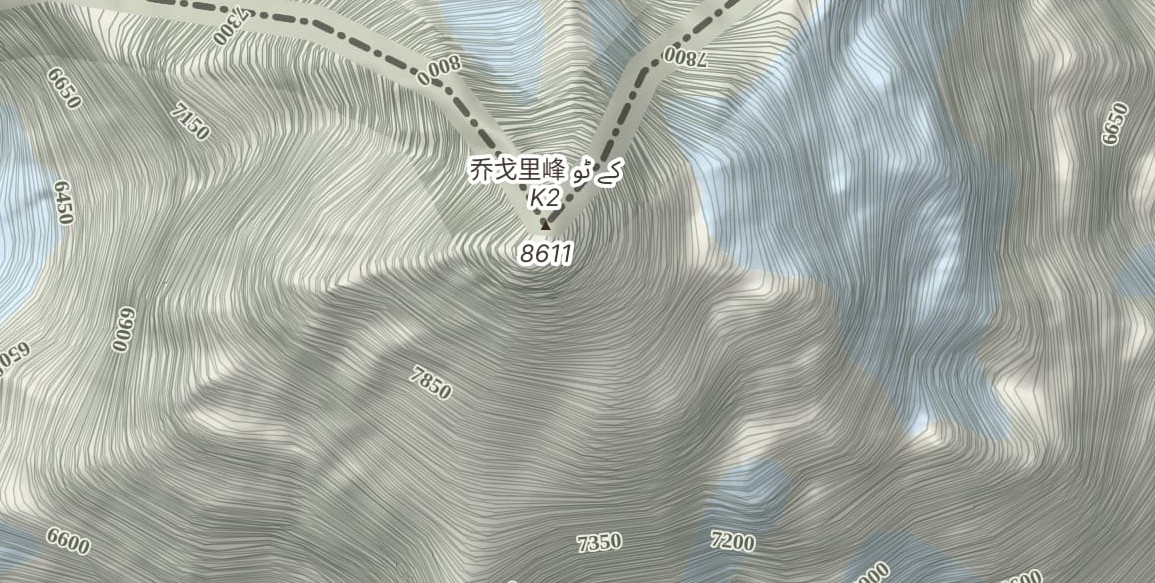
K2
Location: Between Pakistan and China
Elevation: 8,611m
The second highest mountain in the world deserves a better name than the notation made by British surveyor Thomas Montgomerie ('K' = 'Karakorum'). Whereas there is also a K1 , that mountain was found to already have a name (Masherbrum). K2 was apparently nameless, hence the notation name stuck.

